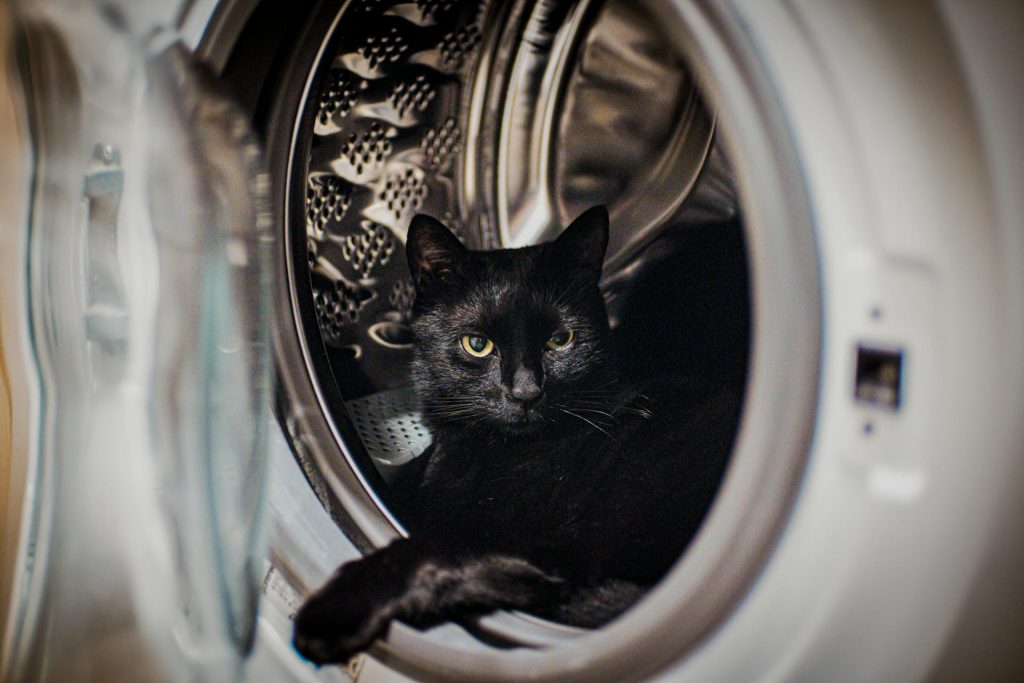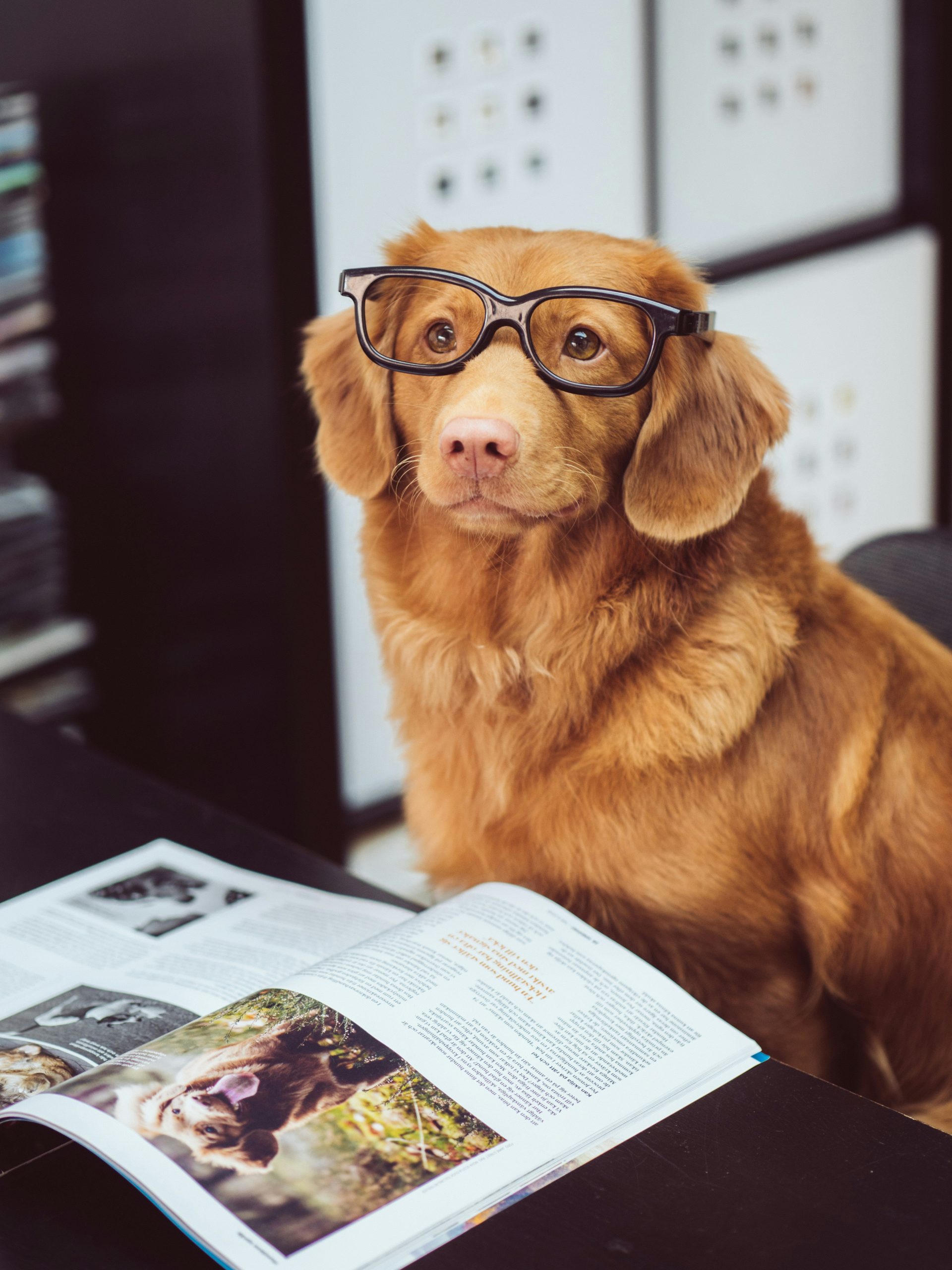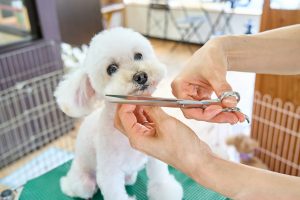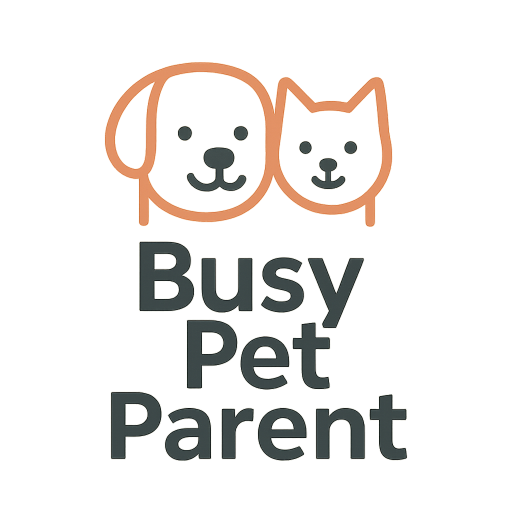
15 Brilliant Pet-Safe Cleaning Tips Every Apartment Needs
If you live with pets, messes are part of the deal—but your cleaning routine shouldn’t put your furry friend at risk. Many common cleaners contain ingredients that are harmful (or even toxic) to dogs and cats, especially in small apartments where air circulation is limited. The good news? You can keep your space fresh and clean without exposing your pets to dangerous chemicals. These 15 brilliant pet safe cleaning tips will help you tackle fur, stains, odors, and more—while keeping your home healthy for everyone who lives in it.
1. Skip Bleach—Try White Vinegar + Water Instead
Bleach is a powerful disinfectant, but it can irritate your pet’s eyes, nose, paws, and lungs. A safer option? Mix equal parts distilled white vinegar and water for an all-purpose cleaner that cuts grease, kills bacteria, and deodorizes without toxic fumes. Add a splash of lemon juice or a few drops of pet-safe essential oils for a fresh scent.
Just don’t use vinegar on granite, marble, or hardwood—those surfaces need gentler pH-balanced options.
2. Make a DIY Pet-Safe Floor Cleaner
Many floor cleaners leave behind chemical residues that your pet can absorb through their paws—or lick during grooming. Try this safe homemade recipe: combine 1 gallon of warm water with ½ cup of white vinegar and 2–3 drops of unscented castile soap. Mop like usual, then go over with plain water to remove any residue.
It’s safe for sealed tile and vinyl flooring—and your dog’s or cat’s paws.
3. Use Baking Soda to Banish Carpet Odors
Baking soda is a pet-safe powerhouse when it comes to neutralizing smells. Sprinkle a light layer over rugs or carpets, let it sit for 15–30 minutes, then vacuum it up. It absorbs odors from pet accidents, drool, and dander without any harsh scents or chemicals.
Repeat weekly to keep your apartment smelling fresh between deep cleanings.
4. Steam Clean Without Chemicals
Steam cleaning is one of the safest and most effective ways to sanitize floors, furniture, and fabric surfaces without chemicals. High-heat steam kills bacteria, lifts dirt, and loosens hair—all while being totally pet safe. Use a handheld steam cleaner or floor mop attachment and skip any added detergents.
It’s ideal for apartment carpets and hard-to-wash areas like pet beds and upholstery.
5. Avoid Ammonia and “Fresh Scent” Cleaners
Ammonia-based cleaners can irritate your pet’s respiratory system—and may even attract repeat accidents, since ammonia smells like urine to animals. Fragrance-loaded products are also a problem, as many synthetic scents contain phthalates or other harmful chemicals.
Stick with unscented or lightly scented formulas labeled safe for pets, or make your own using essential oils that are non-toxic for your species.
6. Wash Pet Bowls and Toys Weekly
Food and water bowls can harbor harmful bacteria if left unwashed—and toys, especially plush ones, tend to collect dirt, saliva, and fur. Use mild dish soap and hot water for daily rinses, and toss washable toys into the laundry once a week using fragrance-free detergent.
Be sure to rinse thoroughly and skip bleach or harsh sanitizers, which can leave behind dangerous residue.
7. Clean Up Pet Accidents with Enzymes, Not Detergents
Standard cleaning sprays can mask odors, but they often leave behind residue—and they don’t eliminate the source. Enzyme cleaners break down organic material like urine, vomit, or feces at the molecular level. They’re safe for pets, effective on carpets and upholstery, and prevent repeat accidents due to lingering scent.
Look for enzyme-based products labeled non-toxic and pet-safe (or make your own with vinegar and baking soda in a pinch).
8. Vacuum Frequently with a HEPA Filter
Frequent vacuuming isn’t just about fur—it also removes dander, dust mites, and allergens that affect both pets and people. Choose a vacuum with a HEPA filter to trap even fine particles. Bonus if it has a brushroll designed for pet hair and attachments for furniture and corners.
In small apartments, even 5–10 minutes a day makes a big difference in overall cleanliness and air quality.
9. Keep Cleaning Products Out of Reach
Even pet-safe products can be harmful if ingested. Store cleaning sprays, laundry pods, and disinfectant wipes in cabinets or bins your pets can’t access. For extra security, use childproof locks or latches—especially if your pet is curious or mischievous.
Also be mindful of where you spray cleaners—let surfaces dry before letting your pet walk or lie on them.
10. Use Unscented, Pet-Safe Laundry Detergent
Pet bedding, soft toys, and blankets need regular washing—but strong detergents can leave irritating residues. Use unscented, plant-based laundry detergent that’s labeled non-toxic and hypoallergenic. Skip fabric softeners and dryer sheets altogether—they’re loaded with chemicals that cling to fabrics.
Look for formulas approved for babies or sensitive skin—they’re often safest for pets too.
11. Try Food-Safe Disinfectant Alternatives
Need to disinfect surfaces but don’t want to use harsh sprays? Consider hydrogen peroxide (3%) as a safer disinfectant for hard surfaces. It kills germs without leaving behind toxic residues and breaks down into water and oxygen. Just avoid using it on dark fabrics or stone surfaces, where it may discolor.
Let it sit for a few minutes before wiping clean—no rinsing needed in most cases.
12. Line Litter Boxes and Trash Cans with Baking Soda
Litter boxes and kitchen trash cans can be major odor zones in small apartments. To help absorb smells naturally, sprinkle a thin layer of baking soda in the bottom of the container before adding a liner or litter. It’s safe for cats and dogs and helps neutralize stink before it spreads.
Change it out weekly and consider adding a charcoal odor absorber nearby for extra freshness.
13. Clean with Lemon and Baking Soda Paste
Stubborn grime on countertops, sinks, or tile? Make a simple paste from baking soda and fresh lemon juice. It gently scrubs away dirt, lifts stains, and leaves a citrusy scent—all without using anything toxic. Just rinse well and avoid on delicate surfaces like marble or unsealed stone.
This combo is especially great for food bowls, pet crates, and plastic bins.
14. Use Glass or Stainless Spray Bottles
Many plastic bottles break down over time and leach chemicals into your homemade cleaning mixes. Glass or stainless steel spray bottles are reusable, eco-friendly, and don’t react with acidic ingredients like vinegar or lemon. Label them clearly so no one confuses pet-safe solutions with commercial ones.
They also look nicer on a countertop or cleaning shelf if you like to keep things stylish.
15. Rotate Cleaning Tasks on a Weekly Schedule
Staying consistent is key when pets are involved. Break up your apartment chores into bite-sized weekly goals: vacuum Mondays, mop Wednesdays, wash pet bedding Fridays. This prevents buildup and ensures your space stays clean without needing full-day scrubbing marathons.
Bonus: your pet will get used to the routine and may even nap through it!
Final Thoughts
Keeping your apartment clean with pets doesn’t mean relying on harsh chemicals or risky shortcuts. With the right habits and a few safe, natural tools, you can create a sparkling space that’s healthy for both you and your furry roommates. These 15 pet safe cleaning tips are easy to implement—and easy to stick with once you see (and smell!) the results. A fresh home and a happy pet? That’s the best kind of clean.
Frequently Asked Questions
What household cleaners should I avoid around pets?
Avoid bleach, ammonia, phenol-based products (often found in disinfectants), and anything with artificial fragrances or phthalates. These can irritate your pet’s skin, lungs, or digestive system. Always check labels for pet-safety warnings or stick to natural alternatives.
Is vinegar safe for cleaning around dogs and cats?
Yes—diluted white vinegar is a safe, natural option for most surfaces. It’s great for deodorizing and disinfecting. However, avoid using it on stone countertops or floors, and never apply it directly to pets or their skin.
Can I use essential oils in pet-safe cleaners?
Only certain essential oils are safe around pets—and even then, in tiny amounts. Lavender, chamomile, and frankincense are generally pet-safe in diluted form. Avoid tea tree, eucalyptus, citrus, clove, and cinnamon oils, which can be toxic.
How do I clean up pet accidents without dangerous chemicals?
Use an enzyme-based cleaner or a homemade mix of vinegar and baking soda. These break down organic messes safely and eliminate lingering odors, which helps prevent repeat marking in the same spot.
Are commercial “green” cleaners always safe for pets?
Not always. “Green” or “natural” doesn’t guarantee pet safety. Check for third-party certifications and look at ingredient lists. Products labeled biodegradable, non-toxic, and free of artificial scents are usually safer bets.

Join the Busy Pet Parent Newsletter!
Get easy routines, time-saving tips, and the latest gear reviews—delivered straight to your inbox.
Perfect for busy pet owners, apartment dwellers, and anyone who wants a happy, healthy companion (without the stress).
Exclusive guides & checklists
Product recommendations & deals
No spam—unsubscribe anytime!




